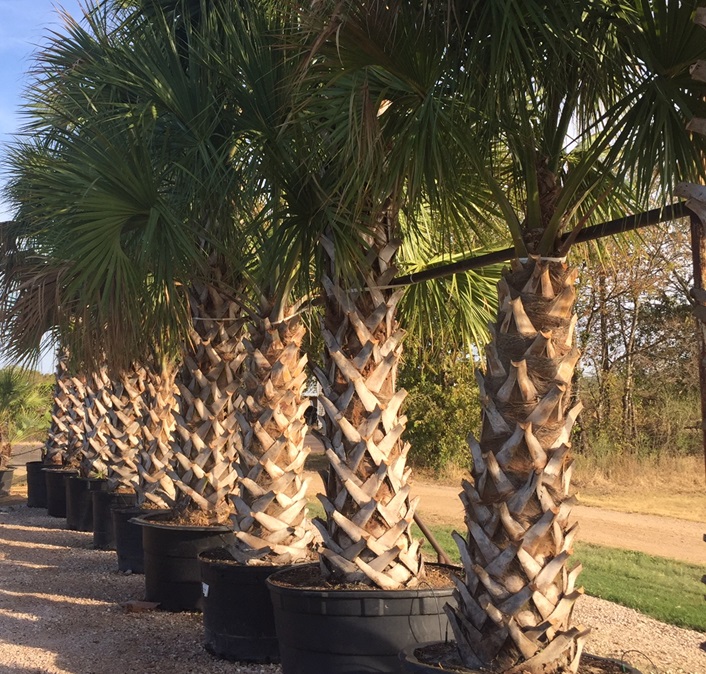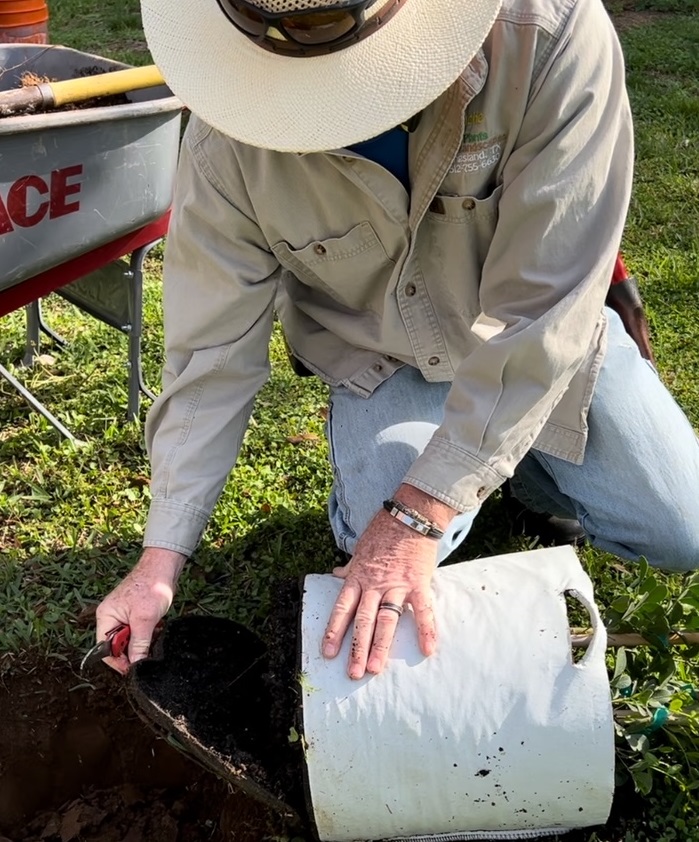One of the most common questions we get at the nursery is about plants dying. Each situation is unique, as the conditions each plant is grown in is unique. But what happens when you plant several plants and only one or two dies? To be more specific, “Why did one plant die and all the others that I planted at the same time and treated the same way are fine?”
I hope to be able to guide you through the diagnostic process and give you some things to think about when assessing plant death.
Q. Are all plants exactly the same if they are the same variety?
A. Not necessarily. Some may have been in their pots longer than the others and their root systems may be more well-established. These plants would use water faster and need irrigating more often during establishment.
Different growers use different types of growing mediums. Some dry faster than others. Until the plant has had a chance to root out into the surrounding soil, that plant might need more frequent watering than others that have soil that does not dry out as fast.
Did any of the root systems fall apart when planting? If so, expect some damage due to root loss.
Was the plant lifted by the stem/trunk when removed
from the pot so that roots were torn? Since this causes root loss it is not recommended. Root balls should be gently taken from the pots or the pots cut off. Do not use plants as “handles” at any time.
Were the roots loosened before planting? If so, expect some amount of damage, especially in the heat of the summer. (I would advise you to avoid doing this if planting in the summer.)
Q. Are all planting holes exactly the same if they are in the same yard?
A. Not necessarily. Anyone who has done much digging in Central Texas knows that a hole dug just a few feet from another hole could hit a different type of soil or even solid rock that they did not hit in the previous hole. Any hole that has been chipped out of rock is subject to holding more water than a hole that has well-drained soil. Plants that are planted in holes chipped out of solid rock are subject to root rot from sitting in water. It is better to move the plant to an area without solid rock or raise the plant up with a wide berm so that the soil drains properly.
Q. I watered them all the same and one plant died, and the others were fine.
A. If the plants are on ‘bubblers’ or drip irrigation, we should never “ASSUME” that all things are equal. Always check water flow and volume before jumping to conclusions.
If you are hand-watering, I can almost guarantee you that the plants at the end of the watering pattern will be the ones that die. I have seen this all too often and have even experienced it first-hand! Even I get hot when hand-watering and have cut things short to get back in the A/C!
Look at the berms that you built around each plant. Are all the berms located six to twelve inches beyond the original root ball? If not, you are not encouraging to roots to grow out into the surrounding soil. These plants will fail to thrive compared to the others.
While hand-watering is recommended for establishing new plants for the first year, the soil around the plants should also be irrigated to encourage plants to spread their roots further each year.
Please do not rely on rain or overhead irrigation to establish newly planted plants. Go ahead and hand-water your plants even if it rains. Rain does not moisten the entire root ball, and that is all the plant has to live off of until it has rooted out into surrounding soil.
I hope this gives you a better understanding of why some plants may die and others live during establishment.
Here are some other factors that may affect plants during and after the establishment period:
Is the mulch piled up on the trunk of the plant? This can cause degradation of the vascular system and all soil and mulch should be pulled back three to six inches from the stems/trunk.
Has the plant been planted too deeply and is there soil above the original soil line on the stems/trunk? This also affects the vascular system and usually causes a slow death. Do not dig the planting hole any deeper than the root ball, as it may settle and collect soil around the stems/trunk.
Was any “weed and feed” product used on the surrounding lawn? This is a broad leaf herbicide that can damage plant roots.
Does the grass grow up to the stems/trunk? If so, string-trimmers may damage the bark. If the vascular system, which is just under the bark is damaged, the tree is unable to repair that damage and it will be permanent. Do not allow grass to grow up to the stems/trunks of plants.
Are some plants in more wind than others that would cause them to dry out faster? Water plants well if high winds are forecast. Water BEFORE the windy conditions to ensure plants are well hydrated.
While these are not all the reasons plants may suffer during the establishment period, they are the reasons that we run into most often. After you have gone down the list and eliminated or identified each issue, you will gain knowledge to guide you through your next planting season. Remember, landscapes, and nature, are dynamic. Since they are constantly changing, so must we in the way that respond to them.




